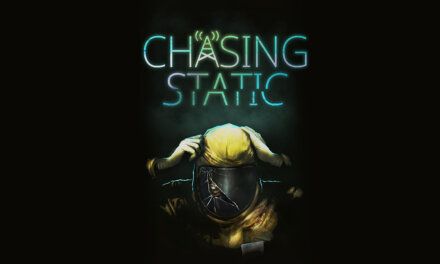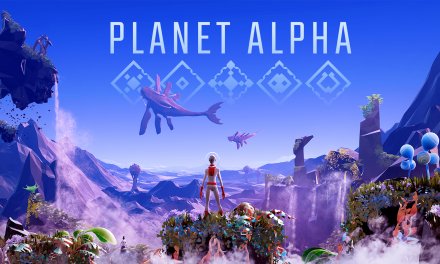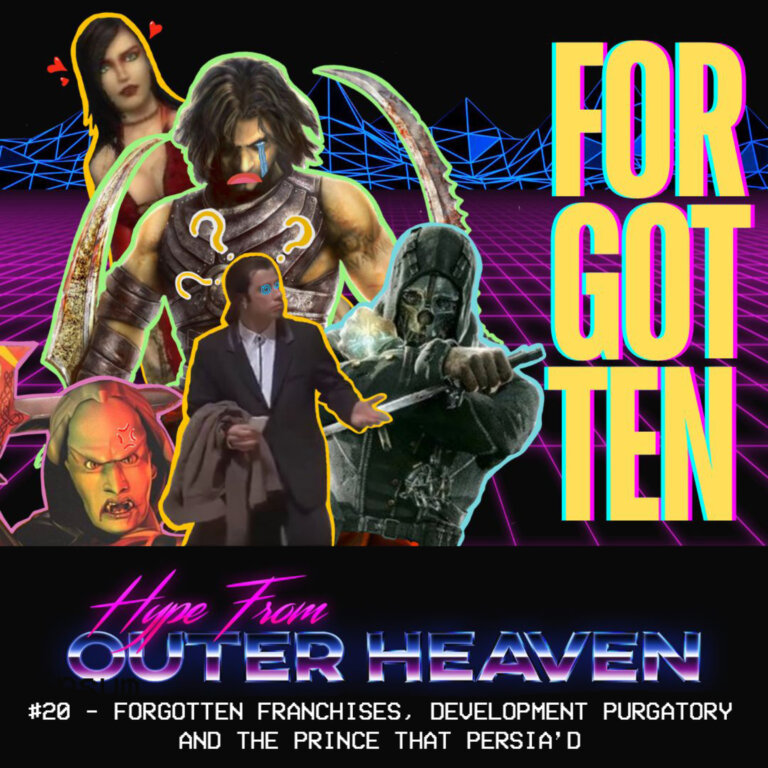A Puzzling Port…
Seed of Life is a adventure/puzzle game developed by Madlight and originally released on PC. Working on the console ports was NXY Digital LTD, which is the release I’m currently having a look at on Nintendo Switch. Set in a dystopian world, in which our protagonist Cora must save the planet. Will ‘Seed Of Life’ germinate into something beautiful or should it be left as bird feed? Let’s find out!We launch into the world of Lumia, which is a dying planet. To make things worse a looming dying star dominates the atmosphere, think more giant blue-fiery spacehopper, less famous Zelda scenario. We meet our protagonist of the piece: Cora as she is monologuing about the poor condition of her home planet. Cora also refers to her rather unhelpful Grandpa who “doesn’t tell me things” (her words, not mine). Despite the lack of ‘things’ Cora has been told, she has seen ‘The Seed’ which she believes can bring back life and cure the quarrelsome inconvenience of her dying planet and sun.
With the ‘save the world’ plot laid out and the speech over, we take control of Cora and walk her outside her quaint looking medieval cottage into the wasting away Lumia. Thrust out into adventure we begin to explore our surroundings; exploration is very much the name of the game here. In the introductory area you a met by a number of interact-able objects marked with a helpful red ring; upon interacting, Cora will dive into soliloquy to add extra flavour to what seem rather bland surroundings. A nearby lantern that Cora began tapping on after a contextual button press, produced a pop up that felt suspiciously like a budget game achievement (Very much confirmed viewing Steam Achievements). Wandering shortly past the area directly outside Cora’s house you’re greeted by a bandstand like gazebo known as a pedestal. Pedestals act as the in game checkpoint system and will also refill Cora’s health and resources. The boundaries of the pedestal’s locale are blocked by a purple barrier. Disabling the barrier requires Cora to find what I can only describe as a terminal that gives Cora a ‘Petal’ and disables the barrier.

At this point approximately 4 minutes into the game I ran into a giant roadblock. I had no clue where to go and found myself aimlessly wandering for significantly longer than necessary. The game at the start at least does not hold your hand in the slightest, the only suggestion given to you is an objective to cross the river; no map, objective marker or magic breadcrumb trail. Usually I am a fan of games with no maps forcing you have to learn yourself picking up clues from the detailed environment or riddles by estranged NPC’s. The environments sadly do not provide the detail needed for any self driven adventure. Moving onto the graphics, If you are old like me, you think back to the good old days playing deathmatch on Gridlock in Gears Of War. The first couple of seconds may come to mind. To the uninitiated or frightfully young, the first moments of a match the textures are loading in. Thus making an otherwise great looking game momentarily look like play dough. I bring this up as the entirety of this port of ‘Seed Of Life’ looks like textureless plasticine. The mountains and hills are brown and orange lumps of nothingness. Foliage is reduced to extra low pixel count sprites, which could be passable if it wasn’t populating a 3D world. Cora herself has a model that would have been heavily criticised anytime post PS2 era, with no real detail to enunciate who she is as a character. The E-Shop blurb of this game claims “Triple-A Quality Graphics”. That quote must be a copy and paste job from the PC synopsis, as I failed to find the blockbuster visuals.
The poor graphics make traversal of this land a lot harder than it should be. Passages within the mountainous terrain just seem to blend into the bland scenery. During my playtime I missed many routes, unable to make out they even existed until I started wall hugging as a last resort. After tedious and poor first impressions of this game I crossed the river which I was initially tasked. Cora suddenly dives for cover as alien ships are seen flying over the skies above. Drones drop from the craft making Cora want to investigate. The path further travelled reveals the drones, insta-kill guardians to the first power up the world has to offer. Surrounding the drones is a huge red circle of vision, goodnight Cora if she steps within. I don’t want to use the term stealth mechanic, as it was a ‘don’t go in the red circle’ and nothing more. Navigating past the circles of doom Cora picks up the Talisman. This shows in numerical form Cora’s health, Lumium (energy) and objective marker compass on her back. It screams of an earlier time in game development when UI elements were desperately trying to be hidden. Somewhat confusing considering the games interface already has two icons displaying health and Lumium in a stylised manner that looks infinitely better. The Talisman also gives Cora the ability to push away the killer drones, if she has the Lumium to do so.

Luckily more power ups are available to Cora to help traverse Lumia. They are acquired from larger pedestals that Cora can interact with; upon doing so, a small alignment puzzle presents itself. These puzzles felt quite basic considering the genre of game; after a quick circle spin, you can use your petals previously collected. When the power-up pedestal is satisfied with the amount of petals offered, the power up is yours for the taking. The first of which allows Cora to see invisible platforms in the world at a hefty cost of Lumium. A larger maximum pool of this resource can be extracted from Lumium plants dotted through out the land; more Lumium allows Cora to use her power ups for longer, unlock various doors and landmarks. However rather unexpectedly it introduces a souls-like mechanic, where if Cora fails to make it back to a pedestal alive she will lose her newly extracted maximum capacity of Lumium, forcing you to go hunt the plants once again; luckily they are stationary and visible with Cora’s vision ability.
I suffered the most from my least favourite mechanic in the game, the corruption. Areas with corruption will slowly chip away at Cora’s health until she succumbs to the sweet release of death. The major issue with this is not all corrupted areas have a visual style suggesting they are dangerous, resulting in health decreasing seemingly at random. The corruption can be staved away using a regeneration power or standing by a Lumium plant. This should regenerate Cora’s health if it hasn’t recently been extracted. In my case the Lumium plants didn’t always offer the restorative qualities promised to me and Cora would pass away in what should have been a safe zone. The corruption just adds a ticking time bomb to you which in more open areas just adds stress rather than enjoyable exploration. It felt like a padding mechanic as I never had time to plan my route of traversal, making me use the tactic of running Cora in a random direction trying desperately to memorise anything of value. Open areas of ‘Seed Of Life’ are where the cracks of this port really start to show. Lets get this straight, none of what I played had a particularly great frame rate, but it was at least playable, however in the larger environments the frame rate can dip quite harshly. If an enemy, object or invisible platform is in one of these areas, the frame rate can plummet into single digits. If you have the displeasure of being in a platforming section when this happens, the game feels totally unresponsive and you will end up sending Cora to her gravity based demise. The combination of the time bomb styled corruption, formless graphics and technological shortcomings was enough for me; I had to stop playing this game.

‘Seed Of Life’ was released previously on PC so I opted to look at video footage to vicariously experience more. A lava biome with more involved platforming and puzzles looked like a promising slice of gameplay. Performance on PC was significantly better with more detailed visuals, at least from what I was seeing; which lead me to the question was the port poorly optimised, or is the Nintendo Switch showing it’s age?


![Review – Under Night In-Birth Exe:Late[st]](https://www.gamehype.co.uk/wp-content/uploads/2018/02/under-night-in-birth-exe-latest-440x264.jpg)




